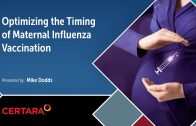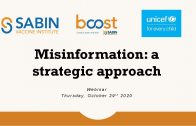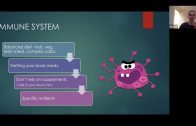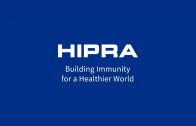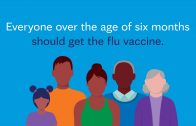Optimizing the Timing of Maternal Influenza Vaccination
Influenza poses a serious threat to global health with young children, pregnant women, and the elderly being most at risk. In the ongoing 2017/2018 flu season, a total of 53 influenza-associated pediatric deaths have been reported by the CDC. Typically, 0-5 month old infants are 5-10% of the mortalities.
Infants cannot be vaccinated against influenza before six months of age. Thus, this high-risk population faces a gap in protection between birth and the time of vaccination. Maternal immunization is the only way to prevent flu infection in pregnant women and newborns. This is also important because pregnant and postpartum women are at higher risk of severe illness and complications from influenza than non-pregnant women because of physiological changes that occur during pregnancy.
Pregnant women who receive the influenza vaccine produce protective immunoglobulin G (IgG) antibodies. These antibodies are transferred to the fetus via the placenta and offer a newborn protection until he can be vaccinated at 6 months. Our current understanding of the optimal timing of vaccination is rudimentary. The CDC’s Advisory Committee of Immunization Practices recommend that pregnant women receive the inactivated influenza vaccine (IIV) before and during the influenza season but do not specify timing.
Protective immunity, as measured by antibodies against influenza, takes time to develop, peaks, then wanes over time. The optimal vaccine timing would have the pregnant woman’s immunity peak just as the infant is born.
Modeling and simulation (M&S) offers an alternate approach to dedicated timing studies to determine the best time to vaccine this population. In this webinar, Dr. Michael Dodds, executive director of consulting services at Certara, explained how he leveraged data from the Maternal Influenza Working group to build a model of maternal antibody production which was then used to predict infant antibody levels at birth.
By watching this webinar, you will learn:
-How M&S can predict the timing of vaccine-induced immunity
-How this approach can support vaccine recommendations that better protect maternal-child health
-How M&S can inform the development of new vaccines and their use in pregnant women
